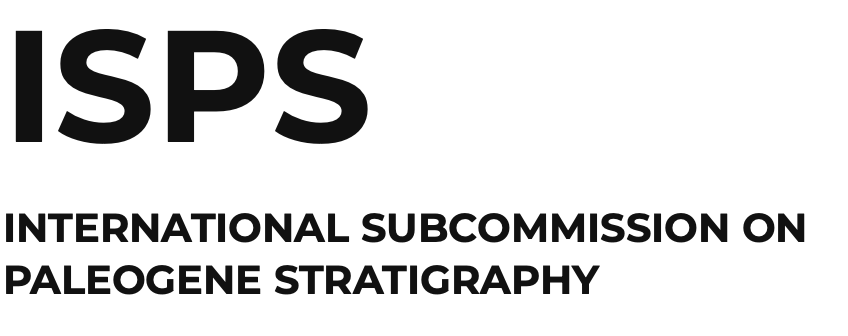Following the first edition of this congress, held in Lisbon (Portugal) in 2013 and the second edition organized in Graz (Austria) in 2015, the third edition of STRATI has been assigned by the International Commission on Stratigraphy (ICS) to Italy, a country with a long historical tradition in Stratigraphy since the 17th century. The foundation […]
Category Archives: news
The International Subcommission for Paleogene Stratigraphy announces the publication of the Atlas of Oligocene Planktonic Foraminifera, proposing a clear and workable taxonomy for all Oligocene planktonic foraminifera. The work includes the acquisition of new SEM images of holotypes and paratypes, some of which have never been imaged before, and assesses the distribution, stratigraphic ranges and […]
On 7 March, for the Geological Society, Paul Wignall and David Bond will convey in London the 2018 edition of the Lyell Meeting, dedicated to “Mass extinctions – understanding the world’s worst crises“. The study of mass extinctions is one of the most interdisciplinary research areas within Earth and environmental sciences, and one that matters […]
The session “Interrogating the sedimentary record of hyperthermals” invites geoscientists to present and discuss their recent advances in hyperthermal research, and welcomes contributions, particularly if multi-disciplinary, using sedimentological, palaeontological, sediment geochemical or isotopic archives. Abstracts may be submitted for poster, oral or PICO presentations. We encourage early career researchers (ECR) to consider submitting an abstract. […]
The journal Lethaia has published in July, 2017, a thematic issue entitled “The contribution of fossils to chronostratigraphy, 150 years after Albert Oppel” and dedicated to the importance of fossils for dating and correlating of sedimentary rocks. In this issue, as explained in the forewords by Marco Balini, Annalisa Ferretti, Stan Finney and Simonetta Monechi, Oppel’s […]
Focus on the Paleogene with the third issue of the year of Newsletter in Stratigraphy, published on May 1st. The host editors Simonetta Monechi, Noël Vanderberghe and Laia Alegret introduce the volume with an editorial on “Advances in Paleogene research”, followed by six original papers on several topics of interest for the stratigraphy of this […]
GSSP for Chattian Stage (Oligocene) Definition: The GSSP for the base of the Chattian Stage is the HCO of Chiloguembelina cubensis, lying at meter level 197 in the Monte Cagnero section (SW of Urbania city, Marche Region, Central Italy), in the upper part of the calcareous nannofossil NP24 Zone, in the lower part of dinocyst […]
The Paleogene Period was a time of extremes and transitions. Bounded by the catastrophic extinction of the dinosaurs and the rise of modern grasslands, the world of the Paleogene was characterized by climatic conditions largely unfamiliar to us today but saw the rise of essentially modern continental configurations, biotic communities, and biogeochemical regimes. Understanding the […]
Following a highly-successful 1st meeting held in Lisbon (Portugal) in 2013 and a 2nd held in Graz (Austria) in 2015, the 3rd International Congress on Stratigraphy will be held in Italy, from 2 to 5 July 2019. The congress venue is Milano, in the historical building of the Università degli Studi di Milano, but the […]
The IPC is organised every four years under the auspices of the International Palaeontological Association (www.ipa-assoc.org). After Sydney (Australia) in 2002, Beijing (China) in 2006, London (United Kingdom) in 2010, and Mendoza (Argentina) in 2014, it will convene in Paris (France) on 9th – 13th July, 2018. ORGANIZATION The organizing structure is the CR2P (Centre […]

